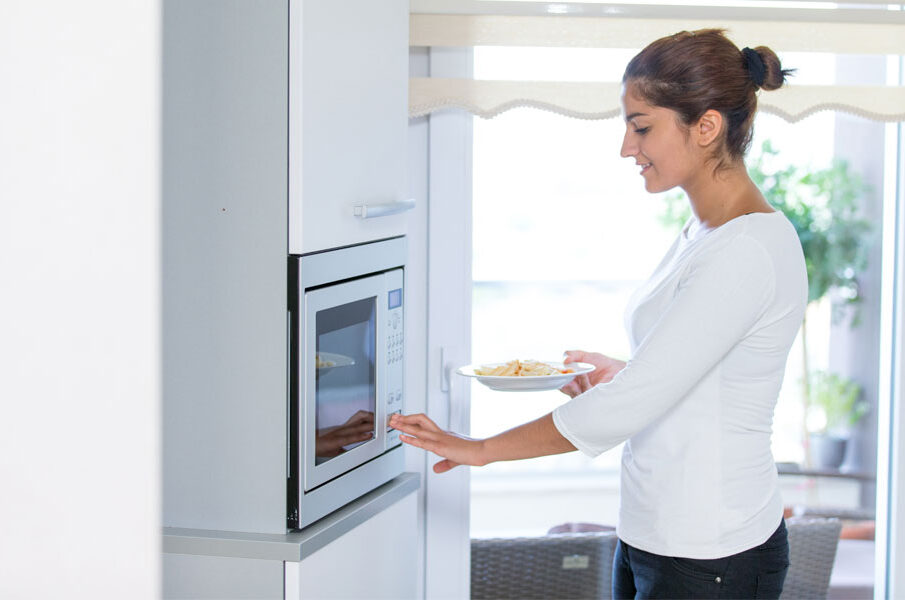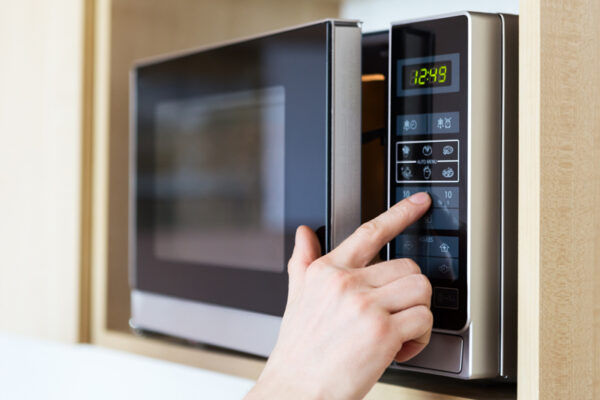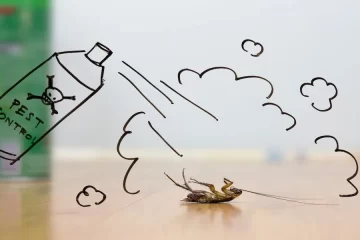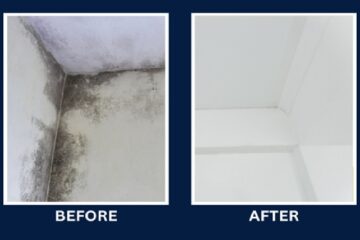Microwave Oven Safety: Best Practices for a Worry-Free Cooking Experience

Essential in modern kitchens, microwave ovens provide speed and convenience for busy homes. Be that as it may, even if kids get better at cooking, safety should always be given top priority to avoid mishaps and provide a worry-free kitchen. These are some best practices to remain on top of things while using your microwave oven.
1.Microwave-safe containers
Choosing appropriate containers is one of the most important elements of microwave safety. Use plastic, ceramic, or glass dishes designated for microwave safety always. Steer clear of metal containers since they can spark and start fires. A few plastics also might leach dangerous chemicals into your food or melt. Look for labels saying microwave-safe and, should all else fail, choose glass or ceramic.
2. Present Your Food Correctly
To assure equal cooking and stop splatters, food should be covered while microwaved. Use plastic wrap or coverings fit for microwave use. In any case, make sure there’s a vent or outlet letting steam out. This method helps food cook uniformly and preserve moisture, as well as keeping your microwave spotless.
3. For even heating, stir and rotate
Uneven cooking in microwaves might cause problems in meals that might affect your mouth. Stop the microwave midway through cooking to stir or turn the food to avoid this. This assures uniform heating and removes chilly areas where bacteria can survive. Besides, letting food sit for a minute after cooking distributes heat all around.

4. Prevent Liquid Overheating
Microwave-heating liquids can be dangerous since they can get superheated. This means they can heat over their edge of boiling over without seeming to bubble, causing violent ejections when disturbed. Put a wooden spoon or a microwave-safe object in the container to promote consistent heating and stop superheating, therefore reducing this gamble. Manage hot liquids carefully always.
5. Keep the microwave spotless
One safe microwave is a clean one. Food spills can start flames or even cause smoke. Using a moist cloth or wipe, routinely clean the microwave’s inside and outside. For tough stains, water and vinegar used together can assist. promise the vents of the microwave are free of obstacles, allowing for proper ventilation.
6. Use manufacturer directions
Every microwave is different, so always refer to the user manual for clear safety guidelines and instructions. Knowing the intriguing characteristics of your microwave will improve efficiency and safety. To ensure best performance from different foods, pay close attention to the wattage and cooking times recommended.
Following these best standards will ensure a safe cooking environment and let you enjoy the convenience of your microwave oven. Emphasizing microwave safety protects your family and yourself as well as improves your cooking experience generally. Remember, a few simple steps can result in worry-free cooking every time you run your microwave.











